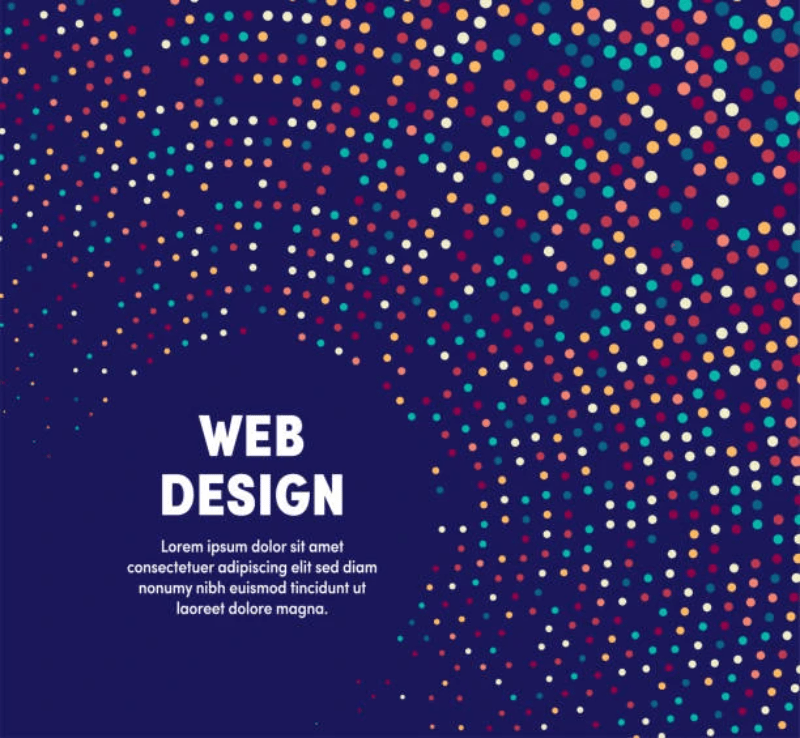
A truly effective website design should engage visitors immediately, hold their attention on EVERY page, and influence them to contact your site. In other words, it should drive conversions. However, there is a thin line between interaction and annoyance. While we're all familiar with the concept of scrolling text, animated banners, and flash intros, we must always remember that the level of interaction should never outweigh the benefit. Here are some tips for creating a great website:
Color theory: When it comes to website design, colors can suggest moods, feelings, and even emotions. Of course, this depends on the intention of the website. For example, a site meant to disrupt the status quo might use a completely different color scheme than one intended by a more traditional business. On the other hand, a site aimed at blending in might use a color palette with clear patterns. Regardless of what purpose your website serves, a designer can help you stay current with the latest design trends.
Another important aspect of web design is responsiveness. While traditional website design is geared for desktop screens, the rise of mobile devices has made responsive web design an essential part of modern marketing strategy. As of March 2018, 95% of mobile device users conduct online searches using their smartphones. This means that a business should be aware of their customers' preferences and adapt their website design to suit the screen size. If you're already a big corporation, you can consider developing a mobile-friendly website separately. For new businesses, we recommend choosing a responsive design.
Another important element of a great website maker is the use of whitespace. This element of design is very important for balancing the elements of the site. In a modern website design, whitespace is crucial in making the layout and content look balanced. If you want to design a website that attracts visitors, use white space in the design to separate elements and keep the overall page clutter-free. This will help direct the customer's eye to the most important features of the site.
Regardless of the size of your business, a website needs a framework that will keep it stable and appealing. Content is essential because it's what keeps visitors interested and drives actions on your site. Typography and structural elements will depend on the content, which will dictate the overall feel of the site. Short, snappy content that grabs the reader's attention and gets them to click through is the best way to achieve this. Breaking the content up into smaller parts of the site helps keep the feel light and airy. Find out more details in relation to this topic here: https://en.wikipedia.org/wiki/Web_design.
Navigation is the backbone of any website. If a user can't find what they're looking for, they'll leave the site. Navigation is also crucial for retention. A website with confusing navigation will leave visitors unsatisfied and will not return. Therefore, navigation should be consistent and easy to use. Users scan text in a similar pattern to the way we read. A well-designed website will work with this pattern to make it easy for users to find what they're looking for.